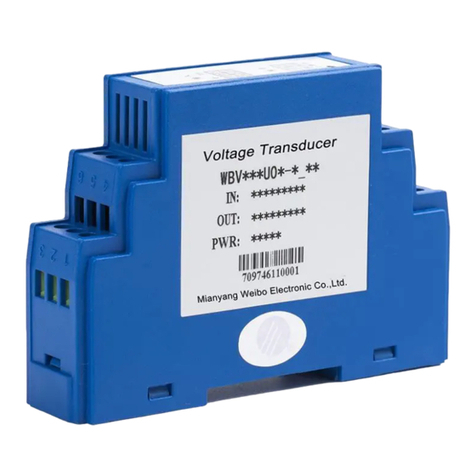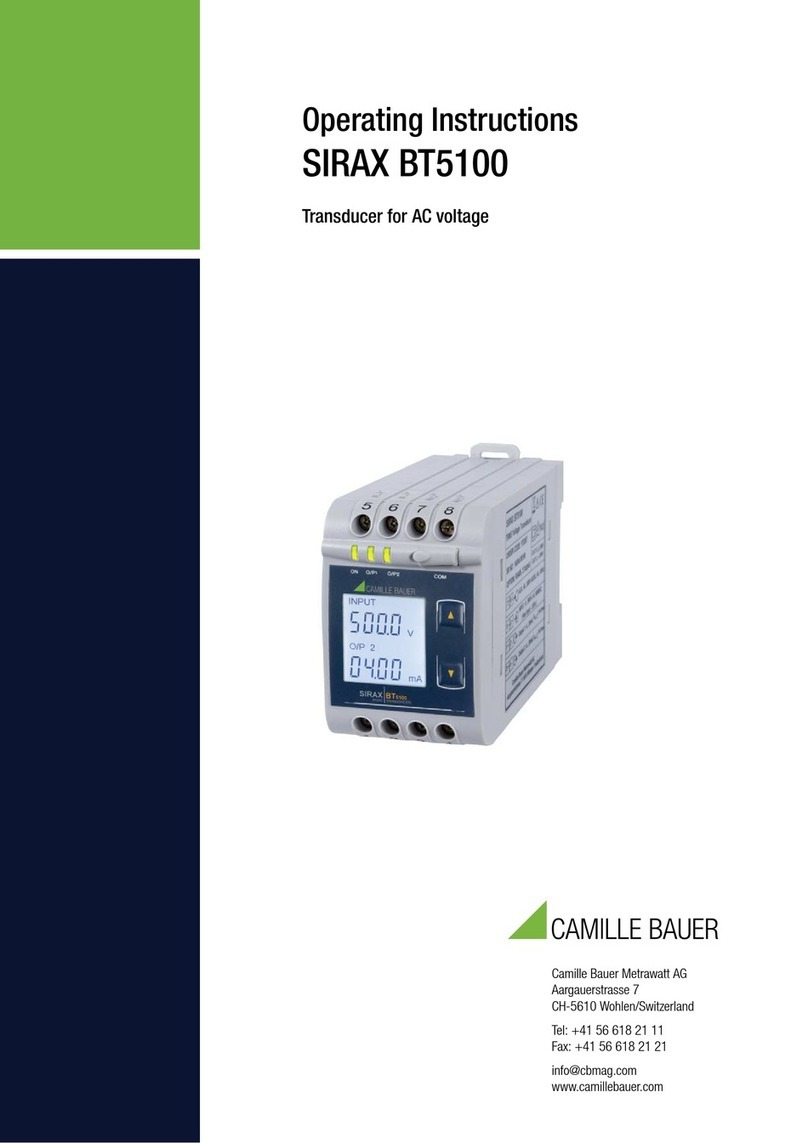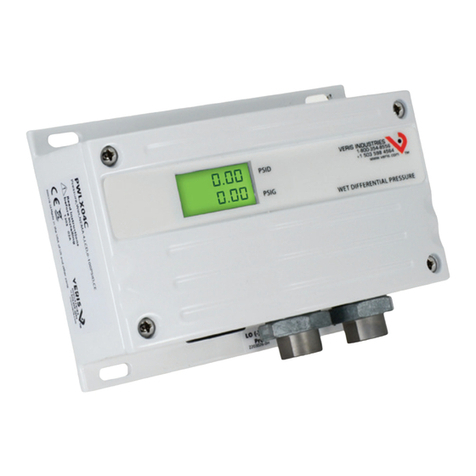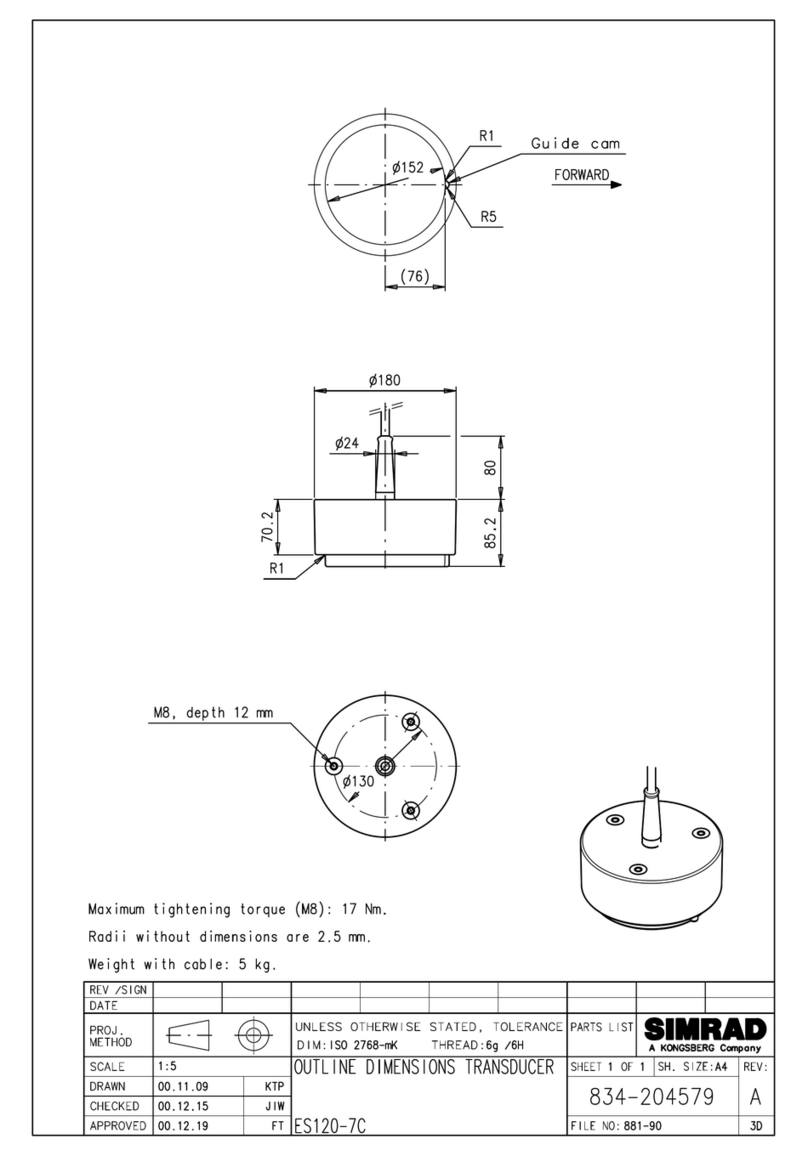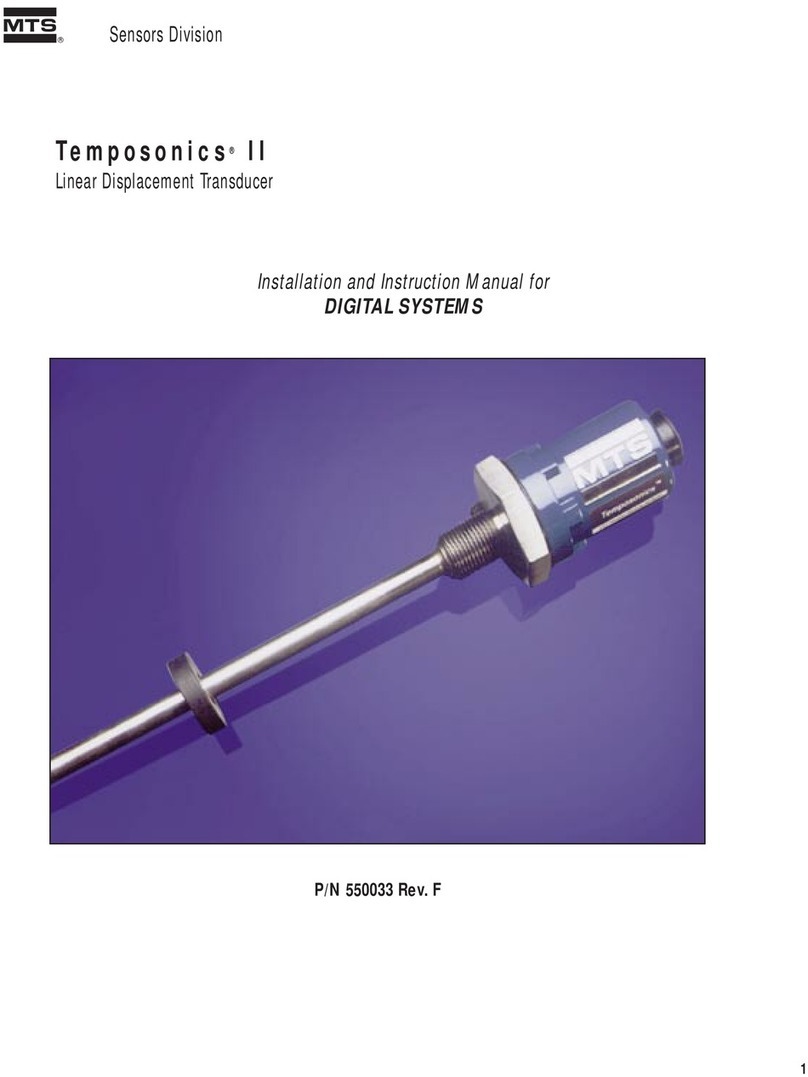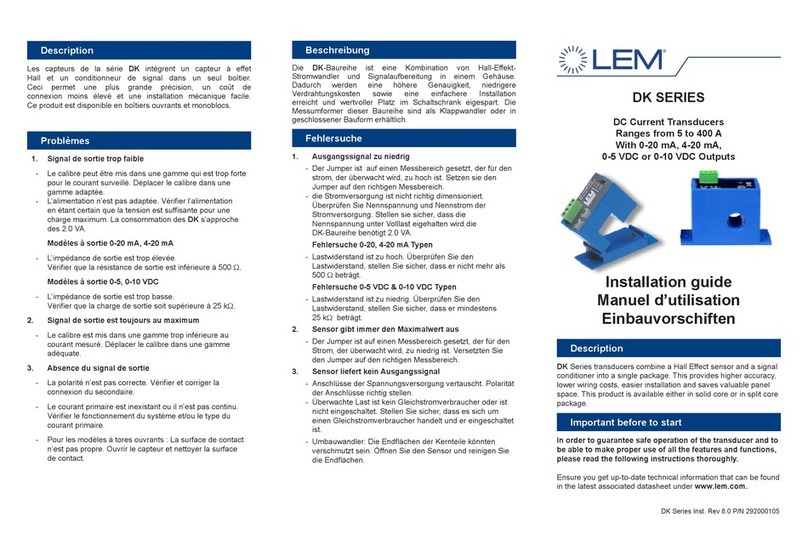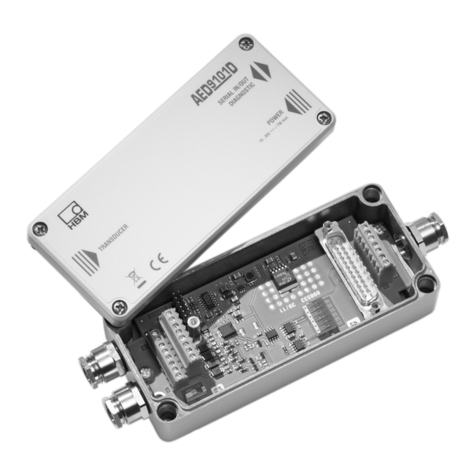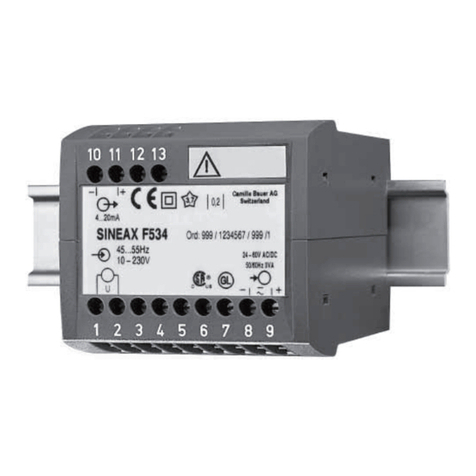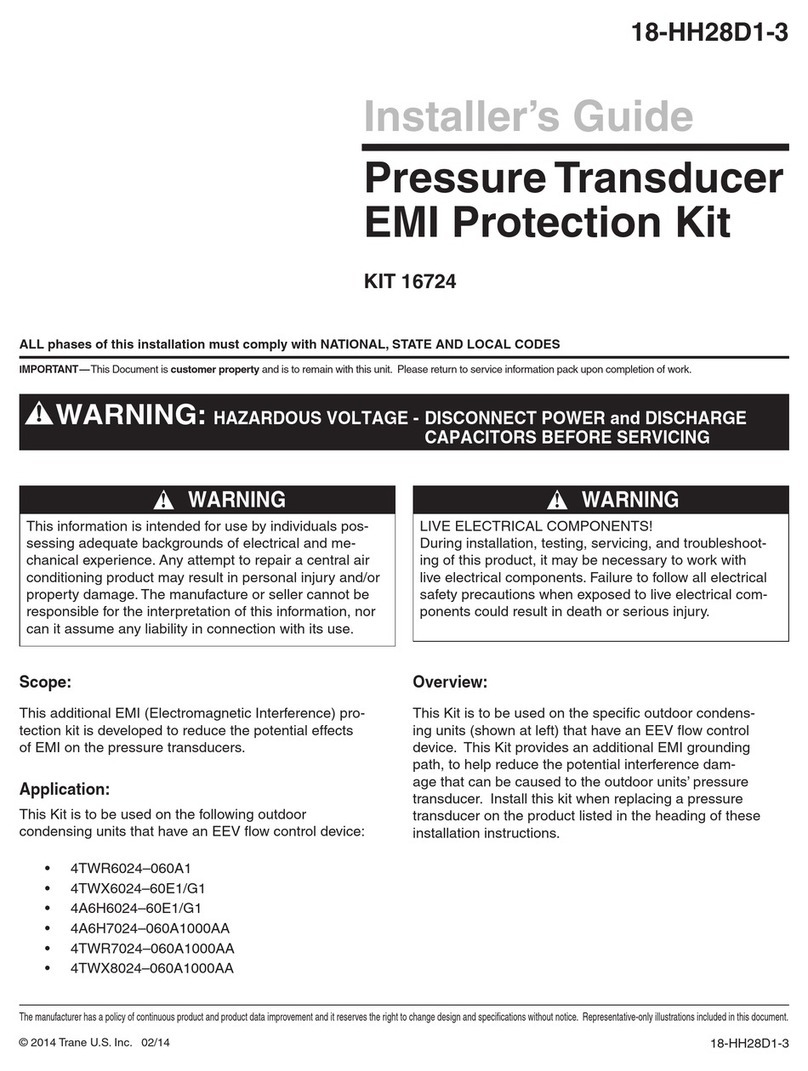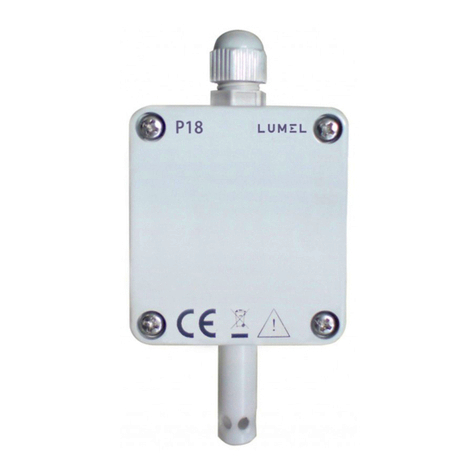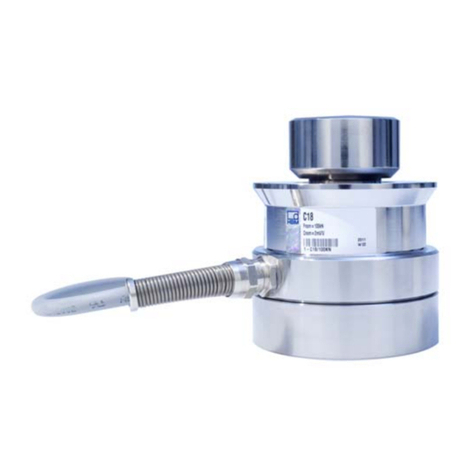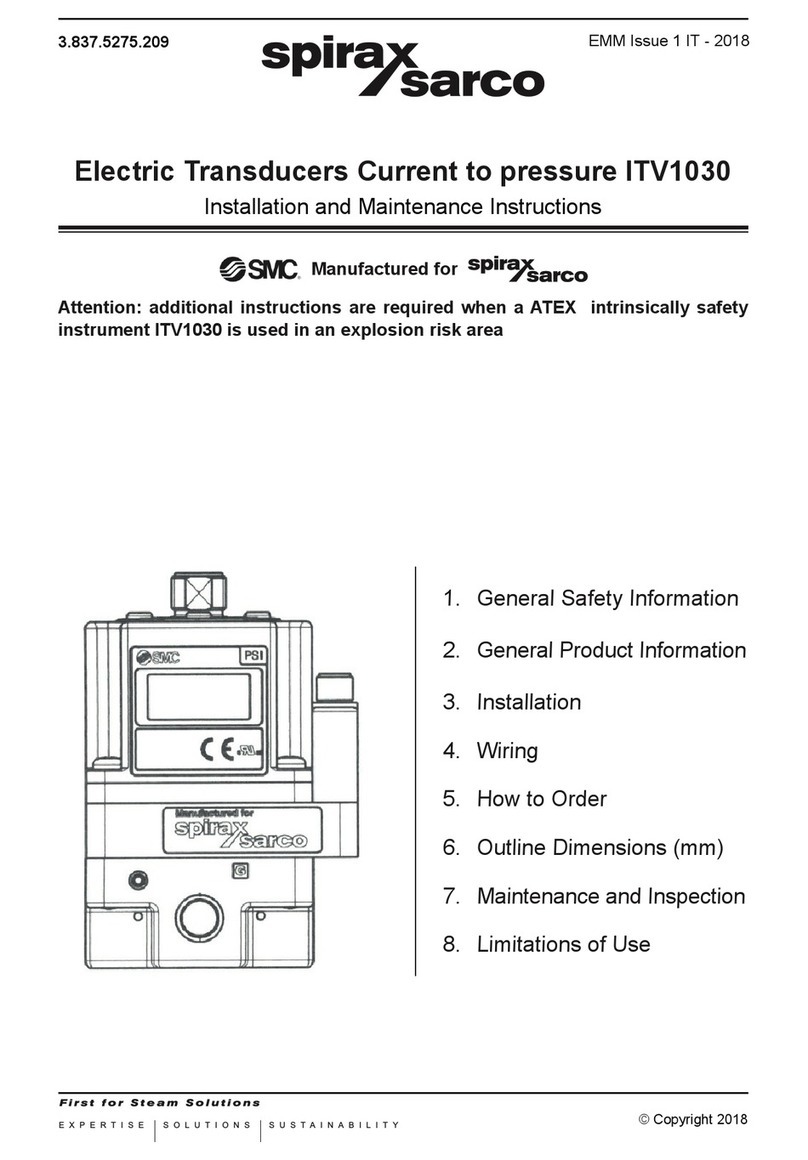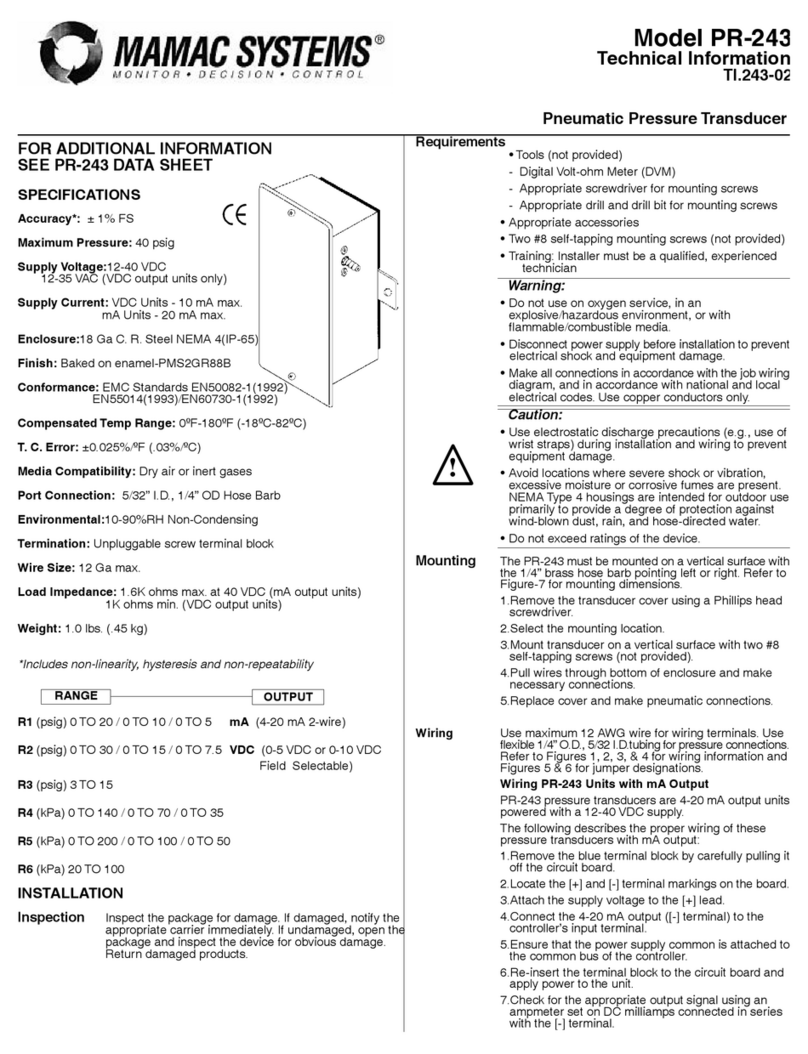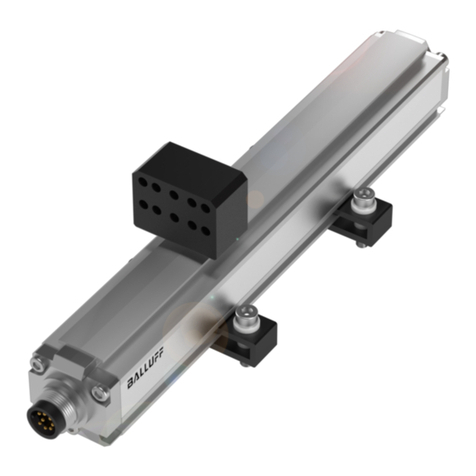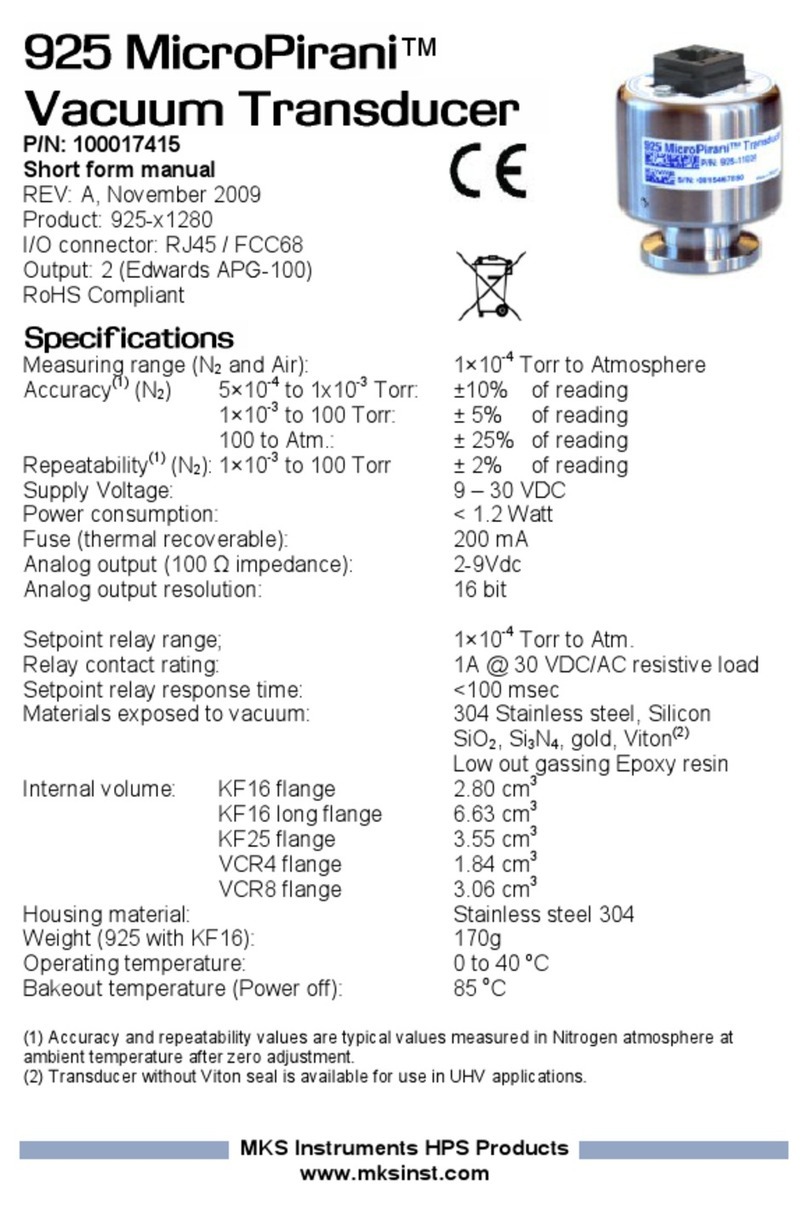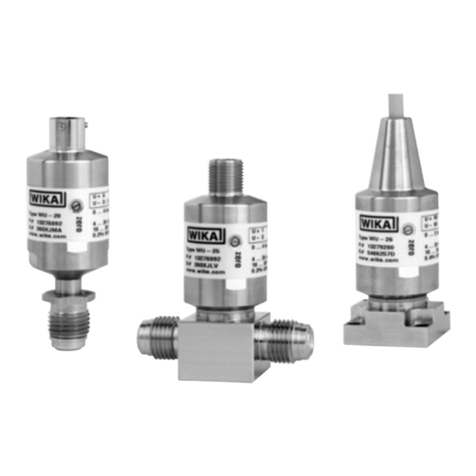2
1.2 Temposonics II LDT Specifications for Sensors <180 Inches
Parameter Specifications
Input Voltage: ± 12 to ± 15 Vdc
Current Draw: Transducer Only:
± 15 Vdc at 100 mA maximum, 25 mA minimum
(current draw varies with magnet position, maximum draw occurs when magnet is at 2 in.
(50.6 mm) from the flange and minimum update time is being utilized)
Transducer with:
• Analog Personality Module (APM):
± 13.5 Vdc to ±15 Vdc at 190 mA maximum, 115 mA minimum
• Analog Output Module (AOM):
+ 15 Vdc at 250 mA, -15 Vdc at 65 mA
Displacement: Up to 25 feet (7620 millimeters)
Dead Zone: 2.5 inches (63.5 millimeters) for stroke lengths up to 179.9 in.
Electronics Enclosure: IP-67
Non-linearity: < ± 0.05% of full scale or ± 0.002 inch (±0.05 mm), whichever is greater
Resolution:
1 ÷ [gradient x crystal freq. (mHz) x circulation]; maximum resolution: 0.006 mm or 0.00025 in.
Repeatability: Equals resolution
Hysteresis: 0.0008 inch (0.02 mm) maximum
Update Time: Resolution and Stroke dependent
Minimum = [Stroke (specified in inches) + 3] x 9.1 µs
Operating Temperature
Head Electronics: - 40 to 150°F (- 40 to 66°C)
Transducer Rod: - 40 to 185°F (- 40 to 85°C)
Operating Pressure: 3000 psi continuous, 8000 psi static
Analog Outputs (absolute) Standard 0 to10 Vdc (other voltage outputs are available)
Optional: 4-20 mA (AOM)
Specifications are subject to change without notice. Consult MTS for verification of specifications critical to your application.
1.3 Temposonics II LDT Specifications for Sensors ³180 Inches
Below is a list of specifications that pertain to Temposonics II transducers with active stroke lengths of
180 inches (5083 mm) to 300 inches (7620 mm). The below specifications apply only to sensors 180 to
300 inches in length. Specifications not listed below may be found in section 1.2, above.
Parameter Specification
Parameter Specifications
Input Voltage: • Maximum: ± 15 Vdc, ± 5% at 100 mA
• Minimum: ± 15 Vdc at 25 mA
(current draw varies with magnet position, maximum draw occurs when magnet is 2 inches
(50.8 mm) from the flange and minimum update time is being used)
Dead Zone: 3 in. (76.2 mm)
Cable Length: • Maximum cable length for neuter version transducer (i.e., Temposonics II without an
integrated Personality Module) which requires the use of external interface electronics
(Analog Output Module, Digital Interface Box or other signal conditioners) is 250 ft.
• APM: 150 ft.
AOM: 250 ft.
Magnet Requirement: Part Numbers: 201554, 201553, 251416, 201542
Specifications are subject to change without notice. Consult MTS for verification of specifications critical to your application.
